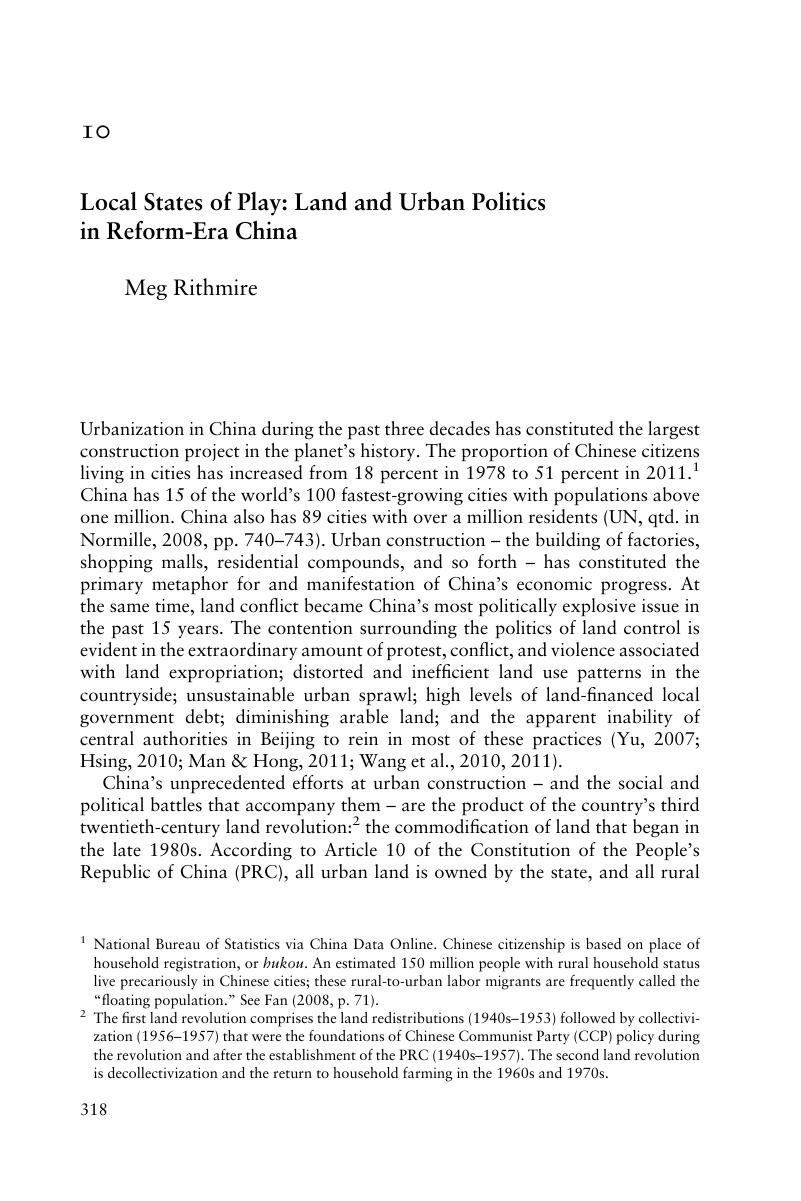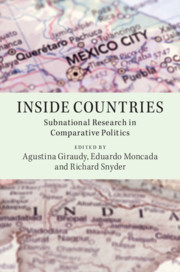Book contents
- Inside Countries
- Inside Countries
- Copyright page
- Contents
- Figures, Tables, and Maps
- Contributors
- Preface and Acknowledgments
- Introduction
- Part I Issues of Method and Research Design
- Part II Regimes and Representation
- Part III States and Security
- Part IV Social and Economic Development
- 8 Subnationalism and Social Development
- 9 Indigenous Welfare, Tribal Homelands, and the Impact of Civil Society Organizations
- 10 Local States of Play: Land and Urban Politics in Reform-Era China
- Conclusion
- Index
- References
10 - Local States of Play: Land and Urban Politics in Reform-Era China
from Part IV - Social and Economic Development
Published online by Cambridge University Press: 13 June 2019
- Inside Countries
- Inside Countries
- Copyright page
- Contents
- Figures, Tables, and Maps
- Contributors
- Preface and Acknowledgments
- Introduction
- Part I Issues of Method and Research Design
- Part II Regimes and Representation
- Part III States and Security
- Part IV Social and Economic Development
- 8 Subnationalism and Social Development
- 9 Indigenous Welfare, Tribal Homelands, and the Impact of Civil Society Organizations
- 10 Local States of Play: Land and Urban Politics in Reform-Era China
- Conclusion
- Index
- References
Summary

- Type
- Chapter
- Information
- Inside CountriesSubnational Research in Comparative Politics, pp. 318 - 350Publisher: Cambridge University PressPrint publication year: 2019
References
Bibliography
Chinese Bibliography
- 1
- Cited by

